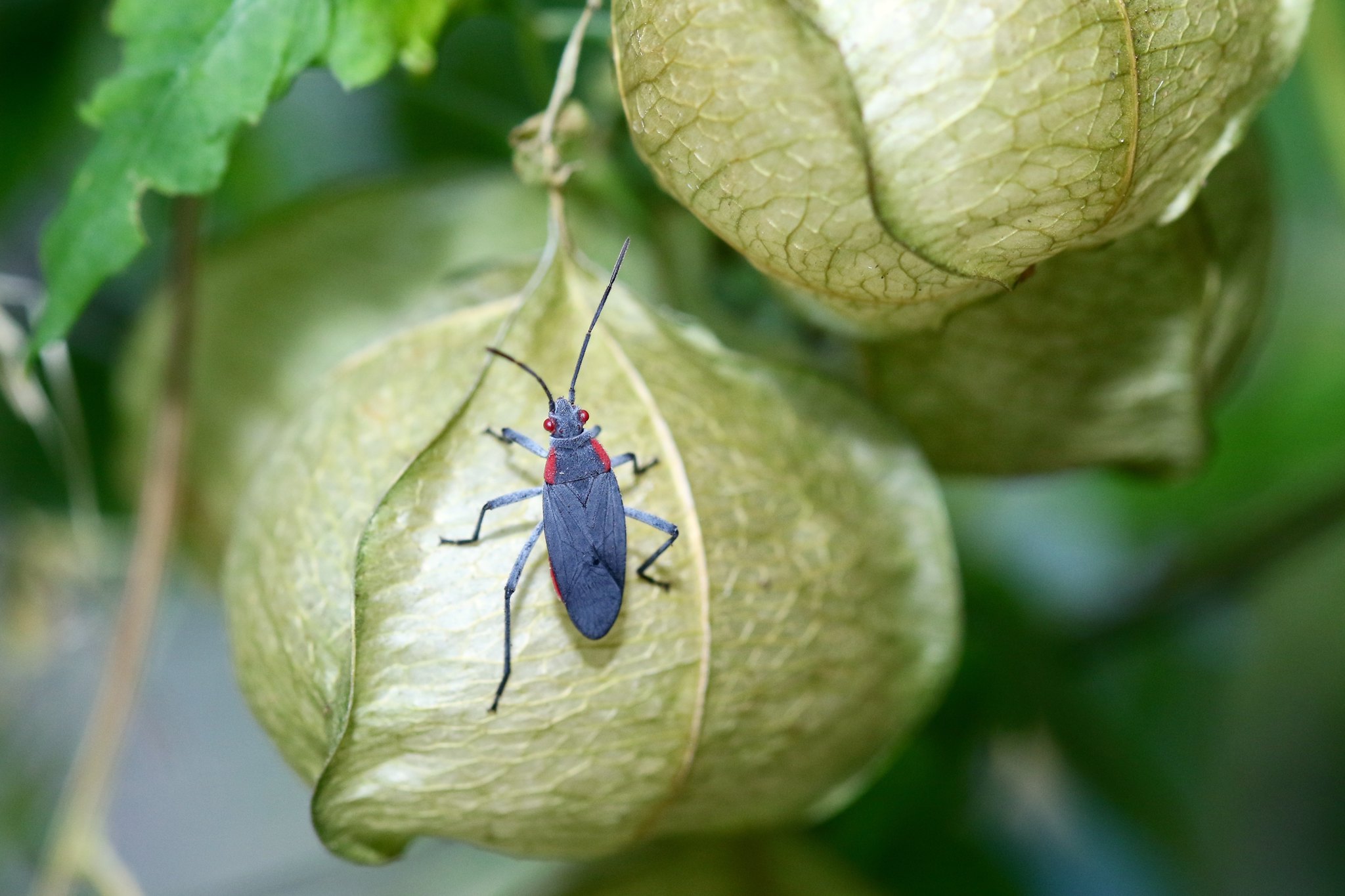We want more science teachers to read this blog! This site is written with a wide and general readership in mind. But our teaching resources are designed to meet the needs of science teachers. In particular, the goals of Bugs in our Backyard jibe with the Next Generation Science Standards (NGSS) being adopted in many states.
A lot has been written about NGSS, and I cannot claim to be an expert on its pedagogy or implementation. However, as a college biologist, I see the NGSS as accomplishing two important ends. First, it’s been clear for several decades that students of all levels and learning styles benefit from more active and dynamic teaching methods. Second, the proscriptions of NGSS introduce, during K-12 education, the skills needed for scientific research and engineering.
How does NGSS work? Rather than presenting students with a scatter-shot list of facts and ideas, NGSS emphasizes a limited number of “core ideas” from traditional fields like chemistry, biology and earth science, and “cross-cutting concepts”, the recurring themes that unify the sciences. Classes following the NGSS will also emphasize the practices used in science, such as questioning, modeling, experimentation, data analysis, argumentation from evidence, critical evaluation, and communication. Content details are given on a few topics that are covered in depth. These topics serve as examples to support learning of the core idea.
Practicing scientists should herald the NGS movement. The practices listed above are ones that we try to foster at all levels, in college courses, graduate programs, and postdoctoral training. Even in an advanced graduate course, it is now impossible to give an exhaustive survey of knowledge in a field. In most subjects, an exhaustive survey would do a disservice to students. In the information age, it is now critical for students to become comfortable with a core set of skills they can apply to any new problem, to any new set of particulars. Again, this parallels the working life of scientists and engineers. New problems often require the exploration of new areas of background knowledge. In the course of researching wing polyphenism I’ve found myself looking into unfamiliar topics in cell cycle regulation, endocrinology, geometric morphometrics, multivariate statistics… It seems like every month there’s a new content on my mind, but investigation, analysis, evaluation and communication are constants.
So how does Bugs in our Backyard fit in? To understand wing polyphenism in soapberry bugs we have taken an integrative approach that covers a broad range of life science methods. The content on this site is intended to reflect that breath. To get specific, we cover NGSS core ideas LS1.A (structure and function), LS1.B (growth and development), LS2.C (ecosystems dynamics), LS3.A (inheritance), LS3.B (variation), LS4.B (natural selection), LS4.C (adaptation), and LS4.D (biodiversity and humans). As a citizen-science project BioB allow students to directly practice science. For younger students, the goals of the project can be presented simply as an exploration of biodiversity. Older students can be encouraged to use the collaboration’s data to test their own hypotheses about biodiversity or wing polyphenism. (Use this website as a forum to discuss or communicate your results!) Since this project will continue for at least the next 5 years, student participation in Bugs in our Backyard can a recurring element over multiple grades. This continuity is also promoted as a part of the NGSS framework.
As we move forward, I look forward to modifying this site to meet the needs of teachers, students, and others.

